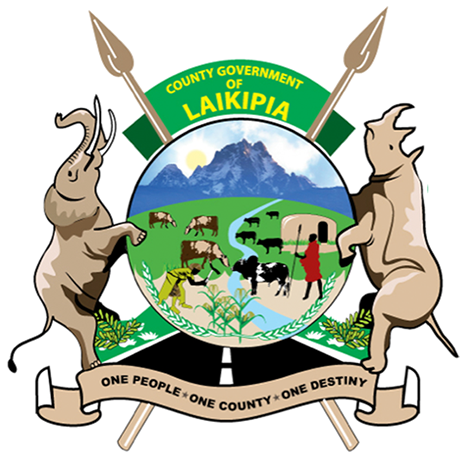Steer Fattening Is Steering Oramat Cooperative To Profitability
Laikipia has been a forte for beef production supplying over 2.6 million kg of meat annually.
According to Laikipia County Statistical Abstract 2020, beef farmers earned over Ksh 740 million. The county government has been encouraging pastoralists to adopt modern farming methods such as the feedlot system to increase production.
To this end, the county has partnered with Oramat Lenaboisho Cooperative Society by advancing loan facilities to them to support their cattle fattening activity. They are based in Borana Ranch Conservancy, where they are provided with grazing land and hosting of their offices. Oramat can handle over 1000 steers through the system annually.
Cattle fattening is a practice of livestock production that reduces animal movements to enable them to fatten within a short period of time. The Oramat has adopted this new cattle fattening technique, which has boosted their members's earnings.
The cooperative has benefited from a Ksh 5 million loan from the Laikipia County Cooperative Revolving Fund. With the initial loan of Ksh 2 million, they could buy 63 steers, eventually sold and repaid the loan. They applied for a second loan of Ksh 3 million, bought 90 steers.
Through the fattening process, Oramat Cooperative seeks to address issues as drought and changing weather patterns in the Laikipia North landscape which affects the supply of feeds and water.
The cooperative is adopting proper pasture management to be able to supply the steers with adequate feeds during the fattening period.
Oramat cooperative has been fattening cattle for a period of 4 years since it was registered as a fully-fledged society limited with 150 members. The cooperative operates on two tiers. One involves them going directly to the communities to buy steers. The second one has individual community members or pastoralists bringing in steers for the cooperative to fatten them on their behalf. The cooperative has made a turnover of Ksh 64 million in the last four years.
Oramat buys steers from six communities surrounding Borana ranch. These communities are Chumvi, Ethi, Ngarandare, Sanga, Lukusero, and Makurian. The weight of the steers is measured, and they note the value of the animal at this entry stage. They are fitted with microchip tags containing all identification numbers of the owner.
This is important as it helps in the identification of steers during payment time or in compensation claims in case of an incidence where wild animals eat the steer.
Oramat Chairman Wilfred Mejooli said.
The fattening period takes six months where at the end, the steers are put on a scale again to measure the weight they have gained. The payment method that the cooperative uses ensure that the owners of the steers get 80% of the value gain.
The owners also set aside 10% for the insurance scheme. The rest 20% goes to the cooperative to cater to operation costs involving grass and water management and herders' salaries.
How the cooperative operates projects a ray of hope to pastoralist communities. They see it as a model that integrates modern rearing of animals, making it a profitable venture business.
We have been able to train our members on how to run cattle rearing as any other business by keeping records, calculating operation costs.
Mejooli said.
The cooperative wants to change how pastoralists communities see cattle keeping. In the future, they will integrate a feedlot system where more steers will go through the system. The cooperative will be investing in the establishment of a grass bank and developing of feed formula.
